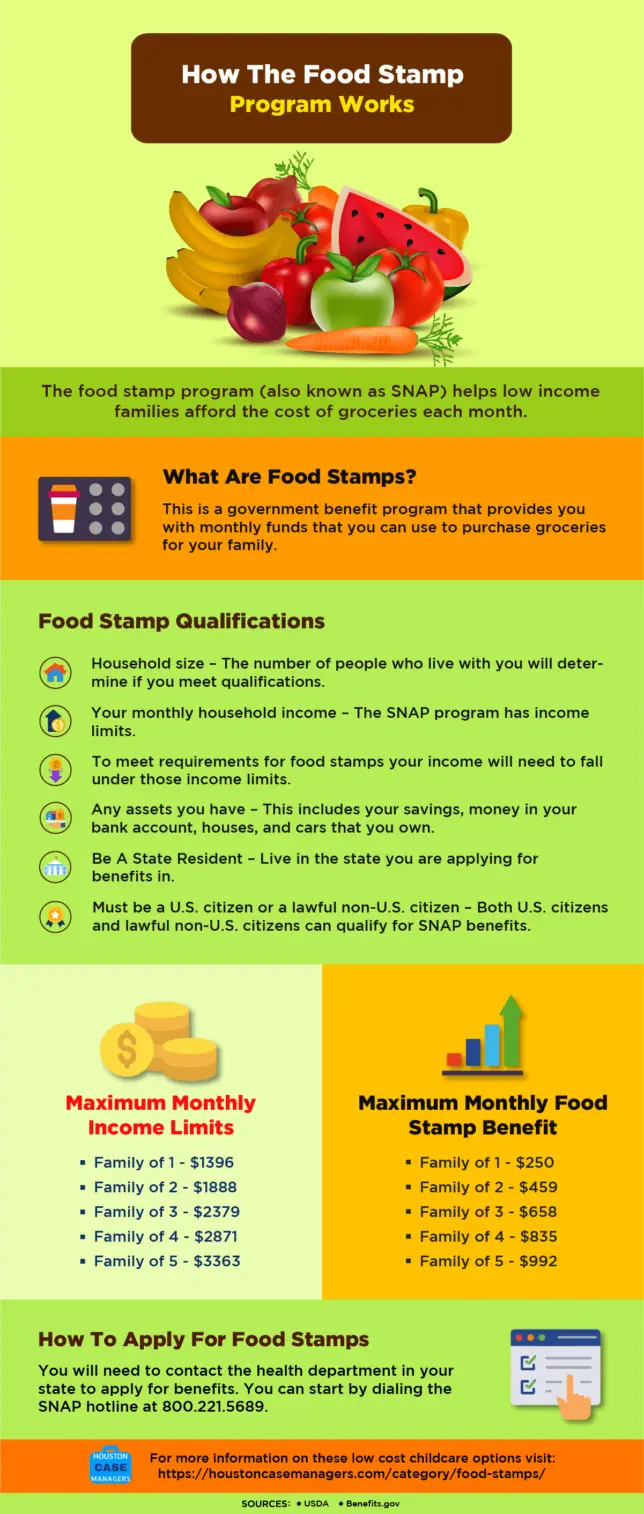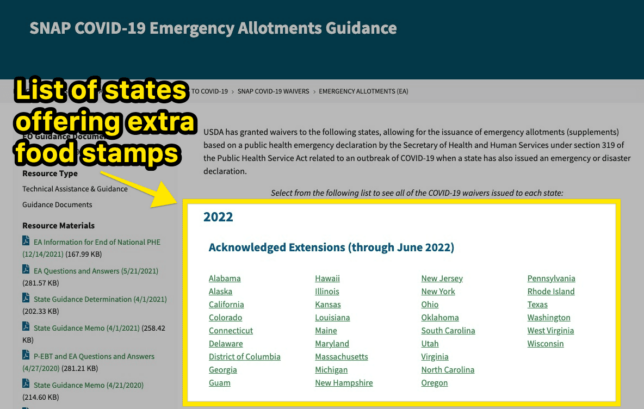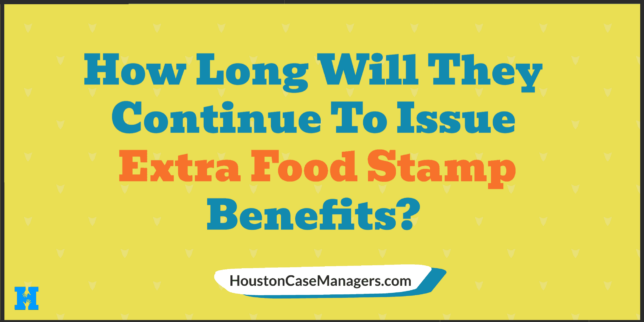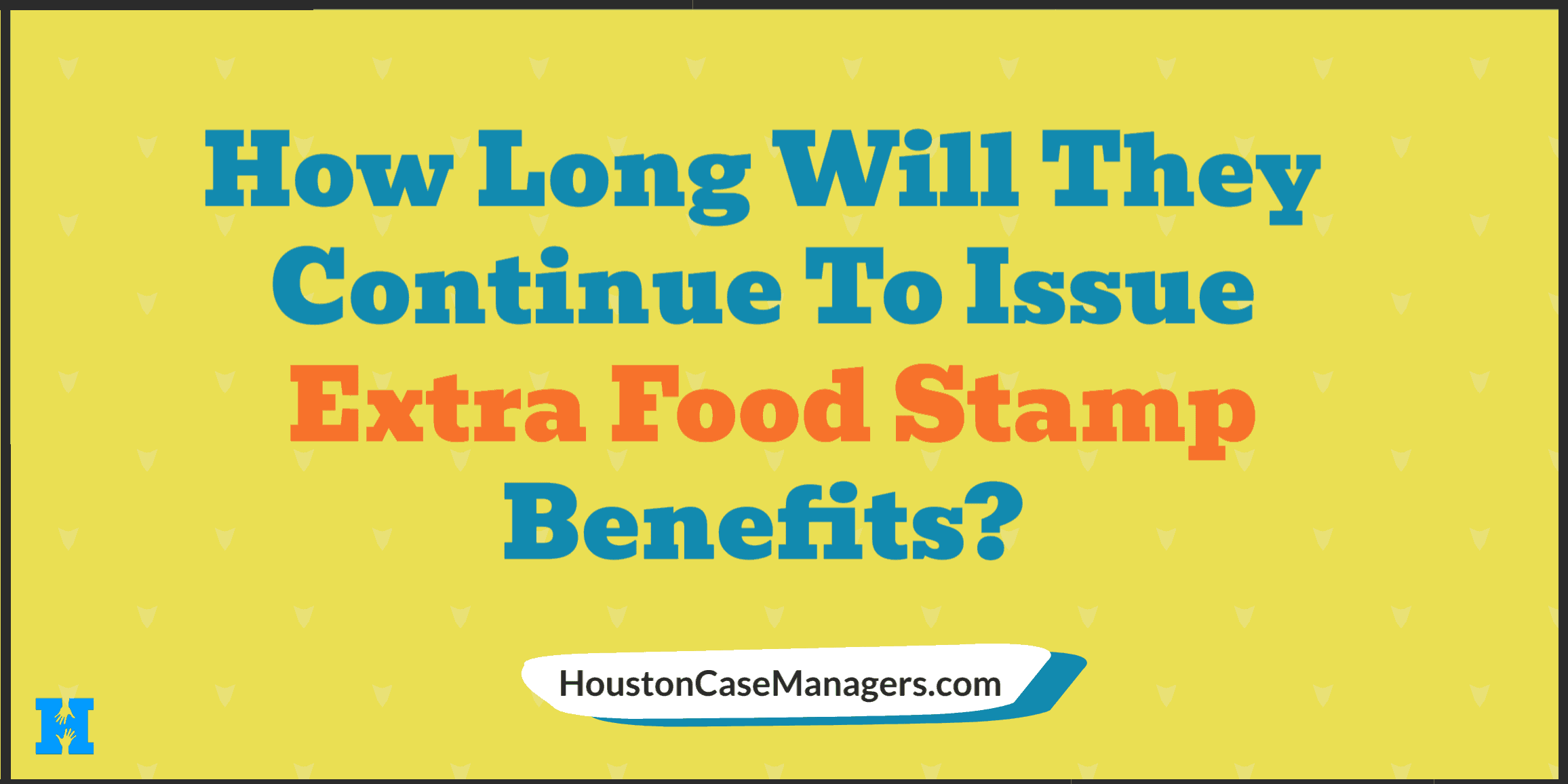How Long Will I Continue To Receive ? ()
This community resource guide will help you to understand how long you will continue to receive each .
The pandemic has left many Americans struggling to make ends meet. In response, the government has authorized , also known as . This is an additional amount of that receive in order to help them get by during this difficult time. But many people are wondering “are we getting this ” And if so, how long this will last?
In this article, we will answer that question and provide some clarity on the situation.
What Is ? (Formal Name For )
or EA is the formal name for the that have been receiving since the pandemic hit. This is an additional amount of that you may have received over the course of the pandemic or Emergency (PHE).
The of stamps is meant to help people to cover the cost of during this difficult time.
What Is A Emergency Declaration?
A emergency declaration is a formal recognition by the Secretary of the Department of Health and that a disease or disorder poses a serious threat to . A PHE declaration allows the Secretary to take certain actions in response to the PHE, including:
- Authorizing the use of federal resources to respond to the emergency.
- Issuing guidance to healthcare providers on how to protect themselves and their patients.
- Waiving certain regulations in order to allow for a more efficient response.
A emergency can also be a necessary step in authorizing the Secretary to take a variety of discretionary actions to respond to the PHE, such as:
- Deploying personnel and supplies
- Issuing travel advisories
- Helping states to
If a PHE is in place, it will be used to determine if any SNAP emergency allotments will be approved and be a deciding factor if you’ll get for the .
How Long Will I Continue To Receive ?
You will receive as long as the emergency declaration is in place.
The length of time that you will receive EA benefits will be determined by the national Emergency Declaration and your state’s disaster declaration.
In order for a state to give emergency allocation , two conditions must be met:
- The national emergency declaration must remain in place.
- Your state also has an emergency or disaster declaration in place.
If both of these conditions are met, then your state will likely continue to offer . You can visit the SNAP COVID 19 Emergency Allotments webpage to see if your state is currently offering extra .

How To Learn If Your State Will Be Giving ?
To find out if you will be getting extra on your , you can visit the USDA website. There you will find information regarding SNAP COVID 19 Emergency Allotments for each state.
Each that a state extents its emergency allotments to current SNAP households it will be placed on a list. Here is an example of the states that offer extensions to continue providing to .

You can also call your state’s SNAP program to learn more about . Type the name of your state in the table below to find the telephone number and website of the stamps program in your state.
| State | EBT Customer Service Number Number | Phone Number To Apply For Food Stamps | State Food Stamp Websites |
|---|---|---|---|
| Alabama | 800-997-8888 | 334-242-1700 | Website |
| Alaska | 888-997-8111 | 907-465-3347 | Website |
| Arizona | 888-997-9333 | 855-777-8590 | Website |
| Arkansas | 800-997-9999 | 800-482-8988 | Website |
| California | 877-328-9677 | 877-847-3663 | Website |
| Colorado | 888-328-2656 | 800-536-5298 | Website |
| Connecticut | 888-328-2666 | 855-626-6632 | Website |
| Delaware | 800-526-9099 | 800-372-2022 | Website |
| Washington DC | 888-304-9167 | 202-724-5506 | Website |
| Florida | 888-356-3281 | 866-762-2237 | Website |
| Georgia | 888-421-3281 | 877-423-4746 | Website |
| Guam | 866-937-4826 | 671-735-7245 | Website |
| Hawaii | 888-328-4292 | 855-643-1643 | Website |
| Idaho | 888-432-4328 | 877-456-1233 | Website |
| Illinois | 800-678-5465 | 800-843-6154 | Website |
| Indiana | 877-768-5098 | 800-403-0864 | Website |
| Iowa | 800-359-5802 | 877-347-5678 | Website |
| Kansas | 800-997-6666 | 888-369-4777 | Website |
| Kentucky | 888-979-9949 | 855-306-8959 | Website |
| Louisiana | 888-997-1117 | 888-524-3578 | Website |
| Maine | 800-477-7428 | 800-442-6003 | Website |
| Maryland | 800-997-2222 | 800-332-6347 | Website |
| Massachusetts | 800-997-2555 | 877-382-2363 | Website |
| Michigan | 888-678-8914 | 855-275-6424 | https://www.michigan.gov/mdhhs/0Website,5885,7-339-71547_5527---,00.html |
| Minnesota | 888-997-2227 | 800-657-3698 | Website |
| Mississippi | 866-512-5087 | 800-948-3050 | Website |
| Missouri | 800-997-7777 | 855-373-4636 | Website |
| Montana | 866-850-1556 | 888-706-1535 | Website |
| Nebraska | 877-247-6328 | 800-383-4278 | Website |
| Nevada | 866-281-2443 | 800-992-0900 | Website |
| New Hampshire | 888-997-9777 | 603-271-9700 | Website |
| New Jersey | 800-997-3333 | 800-687-9512 | Website |
| New Mexico | 800-843-8303 | 800-283-4465 | Website |
| New York | 888-328-6399 | 800-342-3009 | MyBenefits New York _Website |
| North Carolina | 888-622-7328 | 800-662-7030 | Website |
| North Dakota | 800-630-4655 | 800-755-2716 | Website |
| Ohio | 866-386-3071 | 866-244-0071 | Website |
| Oklahoma | 888-328-6551 | 855-880-8003 | Website |
| Oregon | 888-997-4447 | 503-945-5600 | Website |
| Pennsylvania | 888-328-7366 | 800-692-7462 | Website |
| Puerto Rico | 877-467-4832 | 787-289-7600 | WebWebsitesite |
| Rhode Island | 888-979-9939 | 855-697-4347 | Website |
| South Carolina | 800-554-5268 | 800-616-1309 | Website |
| South Dakota | 800-604-5099 | 877-999-5612 | Website |
| Tennessee | 888-997-9444 | 866-311-4287 | Website |
| Texas | 800-777-7328 | 877-541-7905 | Website |
| Utah | 800-997-4444 | 866-526-3663 | Website |
| Vermont | 800-914-8605 | 800-479-6151 | Website |
| Virgin Islands | 866-884-2868 | 340-774-2399 | Website |
| Virginia | 866-281-2448 | 800-552-3431 | Website |
| Washington | 888-328-9271 | 877-501-2233 | Website |
| West Virginia | 866-545-6502 | 800-642-8589 | Website |
| Wisconsin | 877-415-5164 | 800-362-3002 | Website |
| Wyoming | 877-290-9401 | 307-777-5846 | Website |
How Much Will I Get?
The amount of you get this will depend on the state that you live in and your income. For instance, in Texas, the minimum amount of is $95. This is in addition to the that Texas get.
To find out how much your state is giving in extra , you can visit the USDA website. There you will find a list of links to states that are currently offering .
Conclusion
You will continue to receive as long as there is a emergency declaration in place. This includes a national declaration and also one in your state.
As long as these two conditions are met, you will likely continue to receive emergency allotments or .
If you are wondering “are they giving this “, you’ll want to visit the SNAP COVID 19 Emergency Allotments webpage. There you will find a list of states who have extended the program for in their state.
You can also contact the SNAP hotline at 800.221.5689 to speak with your state’s department to learn more about or other programs in your area.
Similar Articles That May Interest You:
- I Didn’t Get My Food Stamps This Month…Now What?
- Fast Food Restaurants That Accept EBT Benefits
- 92 Stores That Allow You To Make Purchases With Your EBT Card Online
- How To Appeal A Food Stamps Decision If You Are Denied?
- SNAP Benefits App: How To Manage Your Food Stamps Benefits On Your Cell Phone
- 7 Weird Things You Can Buy With Food Stamps
Nick Bryant is the author of Understanding Healthcare Is Half The Battle and a Senior Counselor with 13+ years of experience working in community health and mental health. He enjoys spending time with his family, watching WWE on Friday nights, and working toward a Google Data Analytics certification. If you have additional questions about community resources or government assistance programs, simply leave a comment below and he will follow up as soon as possible.



